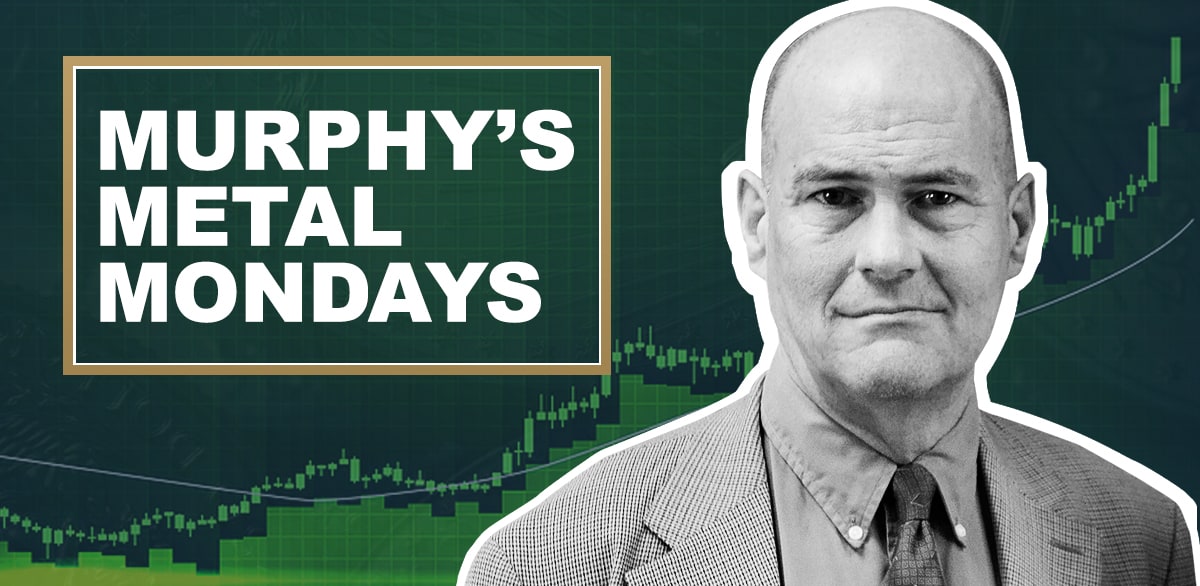
I just lost half my money to this banking thing–Sharon Stone, Actress[1]
Indeed, most of you know the three US banks that went under last week. Simply put, these banks used short-term depositor funds to purchase long-term securities, which resulted in substantial losses as interest rates rose. Of course, the Fed came to the rescue and bailed out the banks, but the questions remain:
How widespread is this banking dilemma? And Is your money safe?
Perhaps Egon von Greyerz of Matterhorn Asset Management says it best:
“We provided a simple analysis of the US banks’ asset exposure to a recent rise in the interest rates with implications for financial stability. The US banking system’s market value of assets is $2 trillion lower than suggested by their book value of assets. We show that these losses, combined with a large share of uninsured deposits at some U.S. banks can impair their stability. Even if only half of uninsured depositors decide to withdraw, almost 190 banks are at a potential risk of impairment to even insured depositors, with potentially $300 billion of insured deposits at risk. If uninsured deposit withdrawals cause even small fire sales, substantially more banks are at risk. Overall, these calculations suggest that recent declines in bank asset values significantly increased the fragility of the US banking system to uninsured depositors runs.”

Everything you need to know to get started in Precious Metals
Learn how precious metals can strengthen your portfolio, protect your assets and leverage inflation.
While the bank failures were being addressed, three major revelations were brought to the public’s attention.
- For starters, money is no longer yours when it is deposited into the bank. The bank can do anything it pleases with these funds, and the depositor relies on the bank to repay the money when needed in the future. Also, the banks are highly leveraged and have been concealing losses that could wipe out their equity.
👉 Suggested reading: Bank Bail-Ins: The Sneaky Legislation That Puts You On The Hook for Failing Banks
- Another fun fact revealed was that the Fed runs annual stress tests on the banking sector to keep participants behaving responsibly. It emerged last week that, for the past decade, these tests have not assessed how banks would cope after a sudden, sharp rise in interest rates. False assurance in the system’s robustness came from the top down.
- And finally, last Monday, the Fed said all banks in trouble would be bailed out. Then, when later pressed on the matter, Janet Yellen changed the tune by stating they would not.
This is truly incredible.
Here is an exchange with Senator James Lankford & Yellen.
He asks, "Will every community bank … get the same treatment as SVB?"
Yellen: "Banks only get the treatment if … the failure to protected uninsured depositors would create systemic risk." pic.twitter.com/JvAX3Hhb6F
— unusual_whales (@unusual_whales) March 17, 2023
Adding insult to injury, London economist Alasdair Macleod commented,
“This banking crisis is only just starting. We have yet to see this crisis morph into the European and Japanese banks – the two most highly leveraged systems on the planet. Also, now confirmed is that currencies will collapse because the central banks are determined to protect the banking system and the markets at the expense of their currencies.”
According to Macleod, the Fed has pivoted and reverted to a policy of “easing”, which includes a “Bank Term Funding Program.” This program allows the Fed to take on additional debt by lending money to certain banks for one year. Of course, one year will lead to multiple years, so we have another version of the Fed “kicking the proverbial can down the road.”
The bottom line is that more debt and spending translate into more inflation.
Considering a national debt of 31 trillion, the ravages of COVID, sanctions on Russia, stubbornly high inflation, and the onset of bank failures, I can’t imagine a better time to protect your portfolio with physical gold and silver.
Adding to this conviction is John LaForge, the head of real asset strategy for Wells Fargo, which stated in a Kitco interview:
“Despite a looming recession, commodities are in a supercycle, and gold stands to outperform… We’re structurally undersupplied across the commodity complex. The shortest supercycle on record is nine years. We are only in year three – with another six years to go… This commodity cycle can be very destructive, and it’s probably going to force the hand of a lot of financial players.”
Supercycles create inflation, yet gold is still undervalued.
Laforge continued, “If we look at the main driver of gold outside the supercycle, it is debt levels. Gold is the safe trade in a world where governments will have to figure out how to pay the debt back at a time when interest rates are rising…Your worst case in a supercycle is for gold to double… At the beginning of this new supercycle, gold was at $1,500. So, based on past cycles, you’re probably looking at $3,000 at a minimum.”
With the Fed and central banks worldwide scrambling, how gold starts the week is anyone’s guess, but the setup for higher gold and silver prices, in the long run, has NEVER been better.


